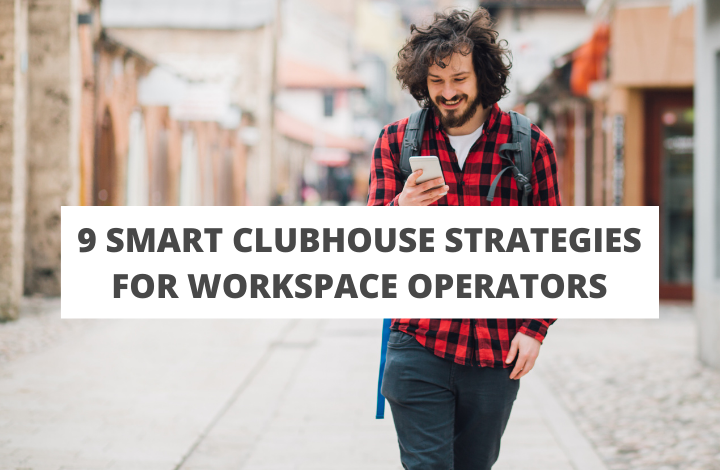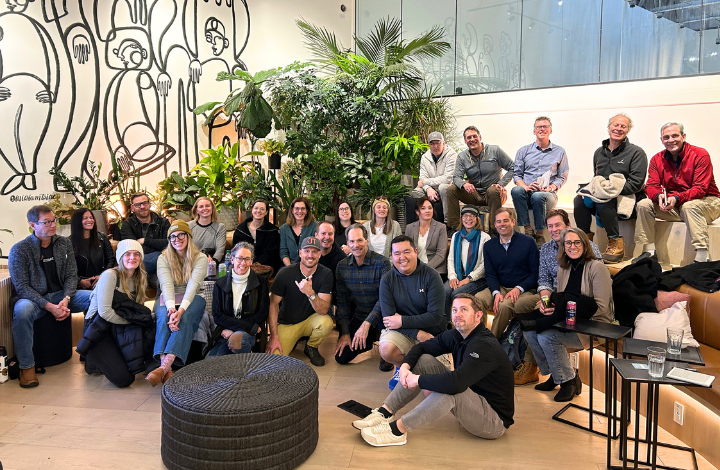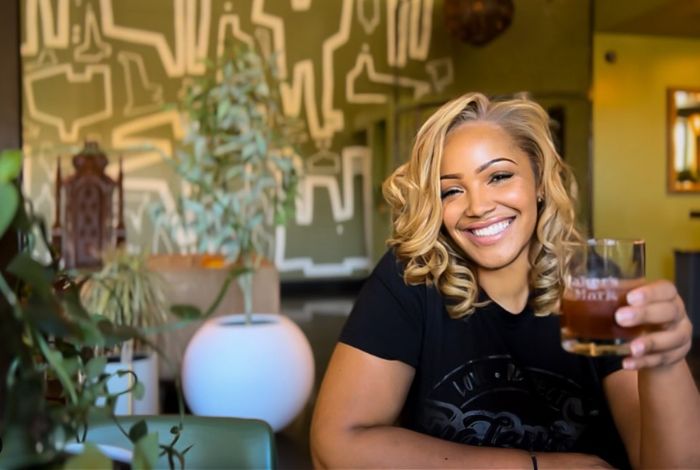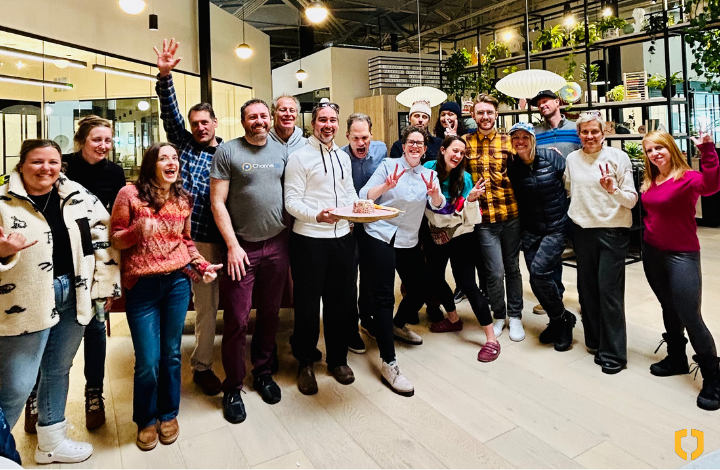As coworking Clubhouse grows and evolves, new strategies and norms are being created in real-time. Here are nine strategies on using Clubhouse to promote your coworking space, including ideas to next-level your Clubhouse strategy, branding and community-building efforts.
1. Get Hyper-Local
Get hyper-focused on your local market in Clubhouse. As a coworking space operator, you don’t need 1,000 people from around the world in a Clubhouse room to make an impact. In fact, a room with 20 engaged people having a real conversation about something relevant at a local level is a far more effective way to position you and your space as a resource and community hub.
The trick is to make sure the people in your room are people who are actually in, or adjacent to, your market. They don’t have to be hot leads but, if you’re using Clubhouse to position and brand your space locally, make sure the room is angled for local entrepreneurs, changemakers, leaders, business owners, etc.
Mari Rosas from co.co.haus in Puerto Rico hosts a daily Clubhouse room at 3pm local time. This gives local people a place to unwind, connect and chat. The consistency and tone here are gold and the co.co.haus team positions the room for everyone on the island. In doing so, they’re in front of their extended community every day, which aligns with their mission to serve as an entrepreneurial hub for all of Puerto Rico.
2. Collaborate with Crossover Industries
Building on the market alignment, collaborate with people in local crossover industries, including tech, culture, art and design organizations, women in business, economic development, local universities, maker communities etc.
This enables you to extend your reach into new markets, strengthen your brand, connect with aligned people and organizations and share your mission and values with your local community.
3. Remember that Clubhouse May be Friendster
Now that the audio-only social platform model has been proven (to say the least), it will be interesting to see how things play out. Twitter has already launched Spaces, Facebook has a competing platform in the works, and I’m certain we’re just seeing the very seeds of what this format enables and inspires.
So the question is, is Clubhouse the Friendster or MySpace of audio-only? Will it be remembered as a pioneering platform but get left behind as others iterate on it? Or, will it be a/the primary channel for audio? Test other platforms, pay attention to which ones are trending, and remember that you may need to pivot to new platforms as things change.
Or maybe not. Time will tell.
4. Support Musicians and DJs
To get great audio into and out of Clubhouse, you have to use some workarounds, such as a Rodecaster. As Convos guest Jami Ballentine Dolby from Kazi Society shared, however, the need for quality audio on Clubhouse is great and musicians and DJs are already putting the platform to use playing live sessions, streaming new music, promoting events, and much more.
During the pandemic, Jami pivoted and repositioned her podcast booth as a core offering of her space. In the last year, musicians who normally would do promotions all around town in advance of album releases and live concerts, are now able to do Clubhouse rooms and shows directly from Kazi Society.
5. Capture the FOMO
The FOMO is real with live Clubhouse rooms—you’re either there or you’re not. You either caught a conversation or you didn’t. I’ve been in a few rooms that were recorded by the host and moderators to be shared later. (These rooms generally have a recording notice in the room title.) For the most part, however, Clubhouse rooms are live, informal conversations that happen in real-time then are gone.
Another version of FOMO that’s happening is around the fact that there is not yet an Android version of the app. The latest I’ve heard is that we’re still a few months (at least) out from that. Hang in there, Android friends.
6. Clubhouse is So Humanizing
Karina Patel, CMO at CloudVO and Pacific Workplaces and Lab marketing coach, shares an important aspect of Clubhouse saying, “Clubhouse is a new way to humanize your business to others.”
So true.
There’s something incredibly humanizing about making yourself available for conversation—to share off-the-cuff thoughts and ideas—without the cover of a fabulous set, video production, or a team.
Be brave enough to show up as your imperfect self and represent your brand values, mission and community. Clubhouse is a great way to do this. The platform is a nice equalizer. Humans show up to hear from, and share with, other humans. Pretty cool.
7. Capture Regional Buzz
If something exciting is happening regionally (Things like SXSW, Earth Day and Startup Week, come to mind), capture the buzz around that to connect, position your space and strengthen your brand.
Host rooms, participate in conversations, find ways to collaborate with local organizations and leaders. Title rooms strategically, invite local leaders and players in, and be the one holding and leading interesting conversations.
8. Customize Your Bio for Different Rooms
Shervonne Cherry from Spark Coworking shared this absolutely brilliant tip. Use different bios for different Clubhouse rooms. The bio I might use for marketing-related rooms is different than one I may use for a room on music, or coworking, or women in business, or creativity.
Create a few bios for different rooms, then change them out to stay relevant in each room or conversation. For example, when I’m in a coworking room, I can use my bio that mentions Coworking Convos, the Workspace Marketing Lab, and content strategy for space operators.
But when I’m in a music-focused room, none of that is very interesting or relevant. Instead, I might share that I play guitar, worked in record stores for 20 years, and have a vinyl collection. This gives other people in the room and conversation something relevant to connect with.
9. “I’m Done Speaking”
Have you been in a Clubhouse room and heard someone say, “This is [so-and-so] and I’m done speaking?”
I have…a number of times. I picked up that it was something happening across Clubhouse, but I wasn’t entirely sure what it was for. I figured it was to try to prevent people from talking over one another.
Iris Kavanagh from Women Who Cowork shared the accessibility reason behind it. Screen readers used by hearing-impaired people can capture Clubhouse conversations, but they can’t denote who is speaking or when one person stops and another begins. Saying, “I’m [so-and-so] and I’m done speaking” let’s people following the conversation via a reader clearly see when the speaker has changed.
Your turn: What are your Clubhouse strategies for coworking space operators? Anything you can add? Let us know in the comments or message me on LinkedIn.
Gain community building skills in 5 minutes a week
with weekly letters from Cat





